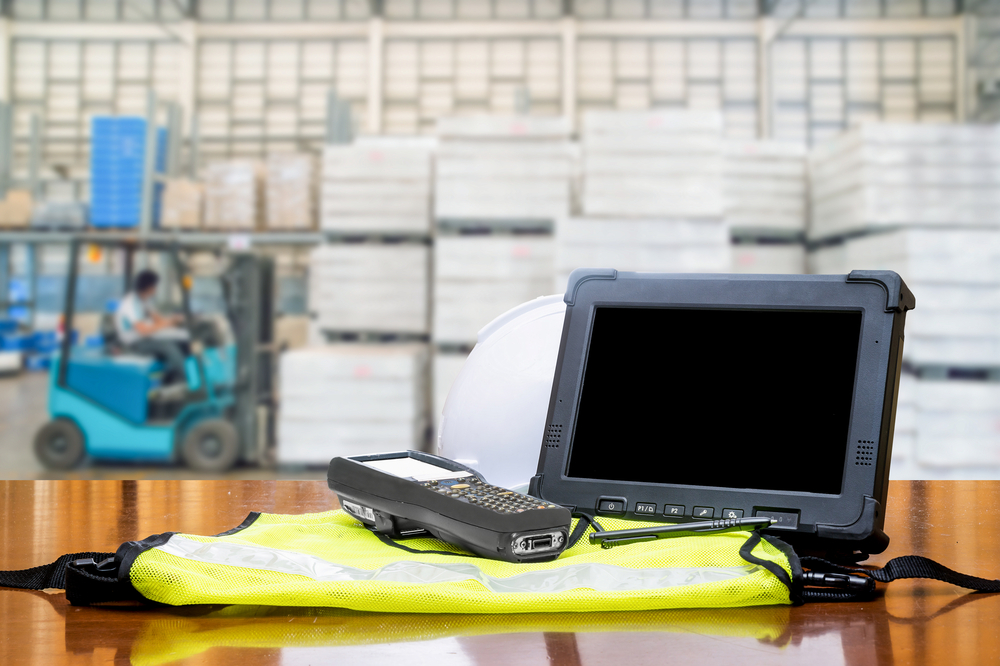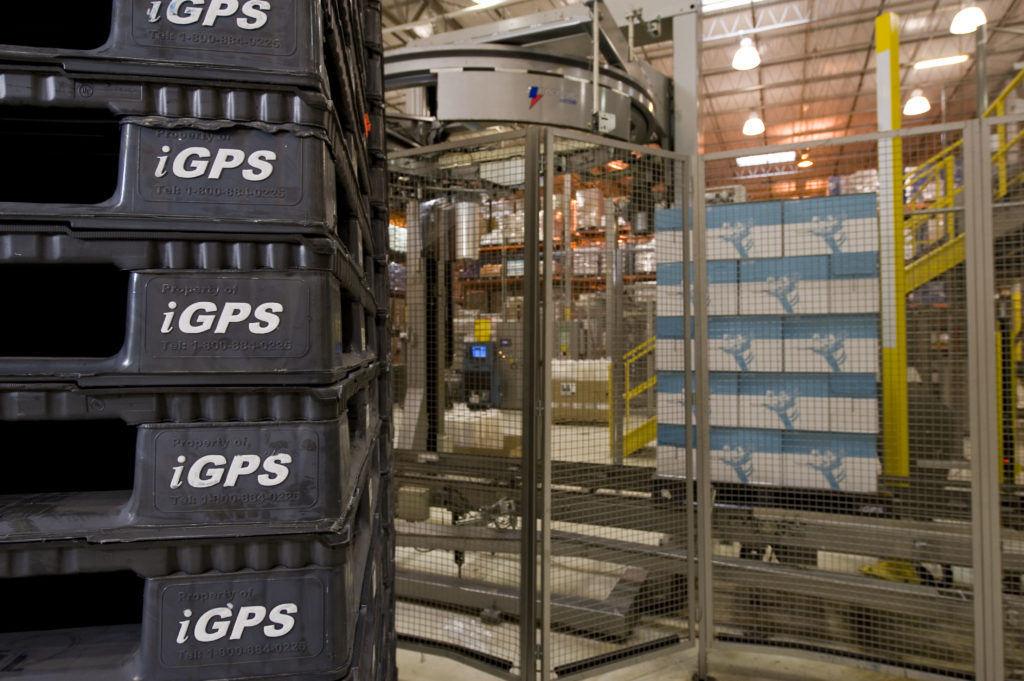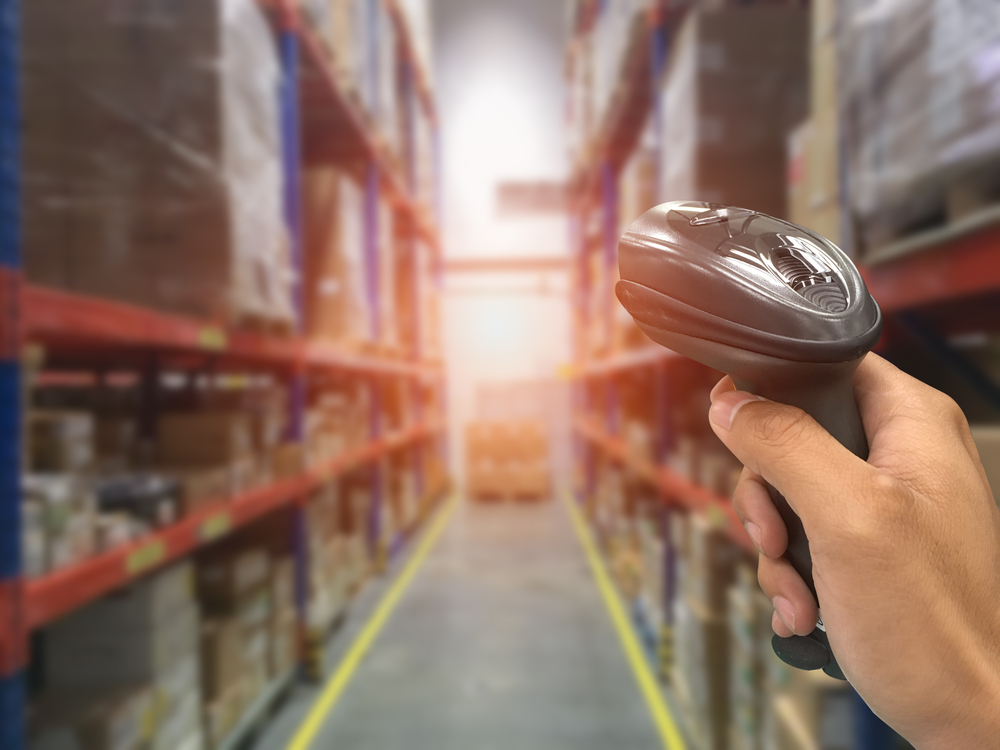Distribution centers are the linchpin of a company’s supply chain. A distribution center can serve anywhere from 50 to 125 retail stores, and is frequently responsible for keeping an entire region fully stocked with products. At a distribution center, an accident or issue that brings work to a halt could create a regional crisis for a company. Similarly, inefficiency in the distribution center has wide-ranging effects. The sluggish intake of products can tie up transportation vehicles, while inefficient throughput leaves retailers and customers at the end of the supply chain dealing with shortages and delays.
In today’s world of just-in-time delivery, distribution center efficiency is critical to avoid expensive losses of products and sales. To ensure that products are available when and where they’re needed, most companies have developed distribution center best practices to keep their part of the supply chain operating smoothly. However, many best practices that have been in place for years–even decades–ignore technological improvements in shipping and logistics technology. Below we’ll discuss four distribution center best practices for the modern supply chain.
Modern Distribution Center Best Practices
- Automatic Data Collection
- Advanced Shipping Notification
- Storage and Retrieval Automation
- Modern Shipping Platforms
1. Automatic Data Collection
Arguably the biggest revolution in every industry over the last two decades is automatic data collection. Vast amounts of data have been collected on everything from the way people watch videos to how well they know certain brands. The same technology applied to the product entering your distribution center allows unparalleled transparency and tracking that make it possible to calibrate your order according to retailer demand, reducing your excess inventory and the dwell time for that excess.
There is decades-old technology that allows automatic data capture with little manual labor.
While the technology needed to provide this transparency is well understood, many supply chains are not equipped to perform automatic data collection and instead rely on manually entering numbers into a computer or noting them on a clipboard. Often this is because distribution centers are deterred by the idea of manually scanning barcodes, which can be a huge investment in time and labor. However, there is decades-old technology that allows automatic data capture with little manual labor.
Radio-frequency identification (RFID) technology has been around since the 1920s, and the modern form was developed in the 1940s. The technology lets an RFID tag be logged as it passes near RFID readers, without requiring line-of-sight scanning. This system allows hands-free inventory processing that saves time and creates the option for other efficient best practices up and down the supply chain.
2. Advanced Shipping Notification
 Ideally, distribution centers know what type and quantity of products they’ll be getting from their vendors and when they’ll be shipping those products out. Having this knowledge ahead of time allows the distribution center to ensure appropriate storage space is ready and plan for other incoming shipments. However, reality usually falls short of the ideal; most distribution center supervisors can remember multiple occasions when they had to scramble to find a place for unexpected product shipments.
Ideally, distribution centers know what type and quantity of products they’ll be getting from their vendors and when they’ll be shipping those products out. Having this knowledge ahead of time allows the distribution center to ensure appropriate storage space is ready and plan for other incoming shipments. However, reality usually falls short of the ideal; most distribution center supervisors can remember multiple occasions when they had to scramble to find a place for unexpected product shipments.
One of the greatest benefits of automatic data collection is its ability to provide better and more accurate advanced shipping notification to distribution centers and other points along the logistics supply chain. This enables facilities at all points in the supply chain to plan for and optimize their storage to meet multiple incoming and outgoing delivery timetables. As a result, businesses are able to save time and labor by improving efficiency throughout the supply chain.
3. Automation Through ASRS
Data collection and communication about shipments improve a distribution center’s integration into the supply chain, but there are also technological improvements that can be made inside the distribution center to increase its efficiency, such as storage automation.
An Automated Storage and Retrieval System (ASRS) works tirelessly and has perfect recall about where products are stored, allowing fewer employees to intake more shipments and fulfill more orders in the same amount of time. If process controls are programmed correctly into an automated system, it can reduce product damage and improve the quality of product loads shipped to retailers as well.
4. Modern Shipping Platforms
 Technological improvements in logistics have a certain synergy. Automatic data collection supports better communications and enables more accurate advanced shipping notification. RFID makes automatic data collection easier, and it integrates well with Automated Storage and Retrieval Systems, allowing them to more easily log loads and their associated information–like current location–into a database automatically. All of these technologies have been around for a while and are increasingly becoming standard in supply chains. However, to lay the foundation for adopting some or all of these best practices means choosing handling and shipping platforms that will support and complement these technologies.
Technological improvements in logistics have a certain synergy. Automatic data collection supports better communications and enables more accurate advanced shipping notification. RFID makes automatic data collection easier, and it integrates well with Automated Storage and Retrieval Systems, allowing them to more easily log loads and their associated information–like current location–into a database automatically. All of these technologies have been around for a while and are increasingly becoming standard in supply chains. However, to lay the foundation for adopting some or all of these best practices means choosing handling and shipping platforms that will support and complement these technologies.
Plastic pallets can be equipped with RFID technology that enables easier automatic data collection and improves the accuracy of advanced notices.
High-quality plastic pallets provide such a platform. Structurally, they are durable and consistent in both weight and dimensions, making them the ideal pallet for use in an ASRS where pallet damage or inconsistencies can bring an automated system to a stop. Plastic pallets can be equipped with RFID technology that enables easier automatic data collection and improves the accuracy of advanced notices. Best of all, in some high-quality plastic pallets, the RFID technology is built right into the pallet along with a barcode tracking system, allowing your company to adopt modern distribution center best practices as your logistics system is ready to do so. Plastic pallets are forward-looking platforms that make it easy to implement best practices that will improve your distribution center operations now and into the future.
The iGPS plastic pallet pooling program has pioneered adaptable, high-quality plastic pallets. To implement distribution center best practices by modernizing your shipping platform, give our team a call at 1-800-884-0225, email a specialist at switch@igps.net, or visit our contact page.



